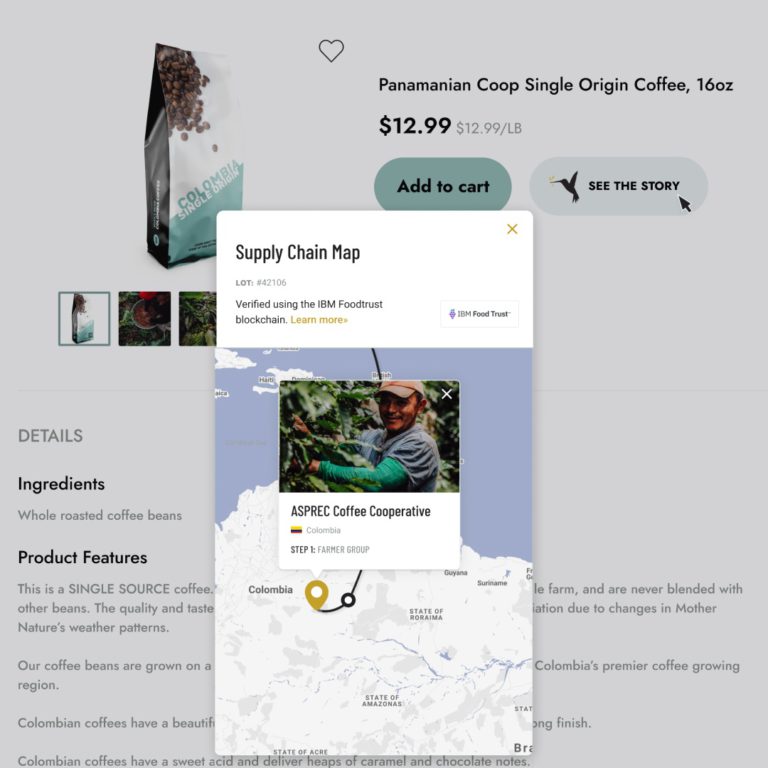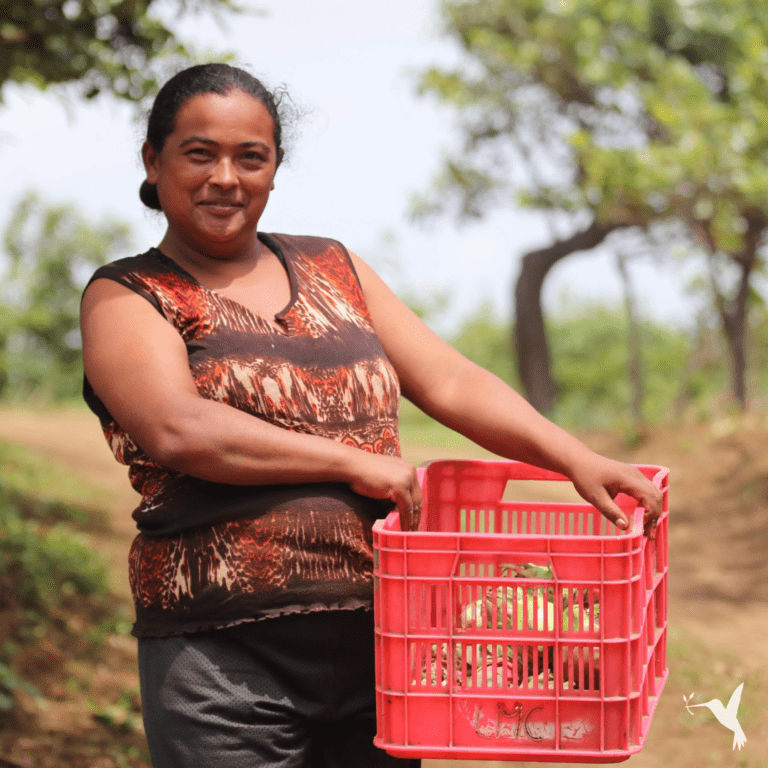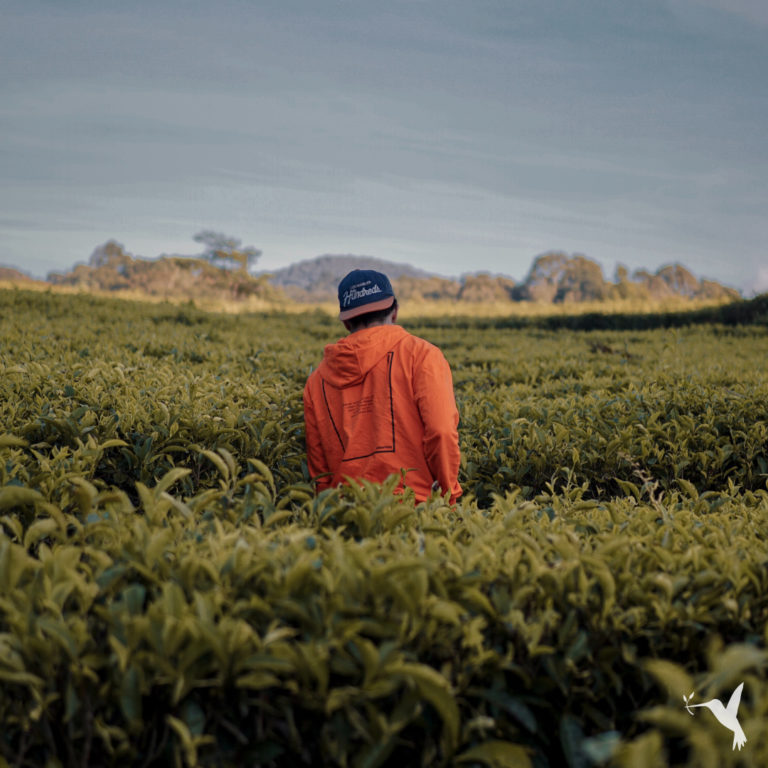Enjoying Labor Day by Honoring Those Who Keep Laboring
Farmworkers Continue Working Hard When Many of Us Have a Long Weekend
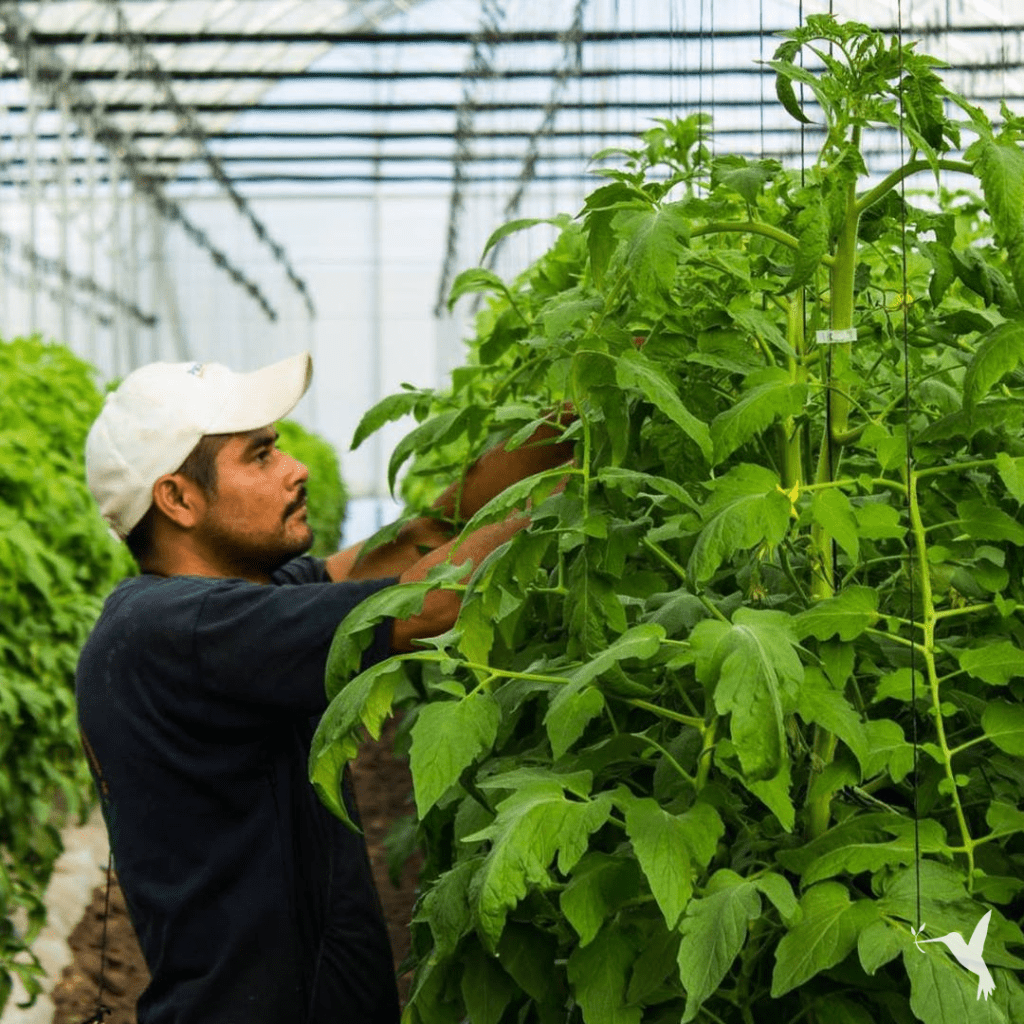
In many countries around the world, people celebrate Labor Day in May. In the United States, people celebrate Labor Day with a long weekend during the first week of September. A sequence of events involving movements and activism around labor practices inspired the holiday more than 100 years ago.
While labor movements and activism certainly inspired some changes as well as a national holiday, not everyone enjoys a long weekend or well-deserved break. The U.S. agriculture system continues to exploit workers and as climate change drives temperatures ever higher, workers face higher risks than ever.
As many of us take a break for the day, let’s also take a moment to know why we have this free day and why not all of us do.
The Origins of Labor Day
In the late 1800s, at the height of the Industrial Revolution in the U.S. the average worker labored 12 hours a day for seven days of the week in order to earn a basic living. Children as young as five or six also toiled away in mills, factories, and mines across the country, earning a fraction of their adult counterparts’ wages.
People of all ages, particularly the very poor and recent immigrants, often worked extremely unsafe conditions, with insufficient access to fresh air, sanitary facilities, and breaks.
Manufacturing increasingly overtook agriculture as the foundation of U.S. American employment. Labor unions grew more prominent and active. They organized strikes and rallies to protest poor conditions and negotiate better hours and pay.
In 1882 one demonstration included 10,000 workers marching in a Labor Day parade. Around the same time, 13 people were killed during the Pullman strike where they protested cut wages.
Labor Day didn’t become official until 1894, when President Cleveland finally signed it into law. The official founder is debatable, and the history around it includes a convoluted series of events.
The End of Summer Is Prime Harvest Time
Today, most people enjoy a day off from work and a long weekend in early September filled with outdoor picnics and barbecues. For many people in the United States, Labor Day signifies the end of summer—not much more than a festive holiday.
However, the holiday also coincides with a busy time of the year in U.S. agriculture, and for the most part, farm laborers do not get a day off. Tomatoes don’t stop ripening in early September. On top of that, the agriculture industry in the United States has been notoriously bad at honoring wholesome labor practices.
Even today, farm laborers do not receive the same protections as other laborers. While it varies by state, and some states have better protections than others, many agricultural workers are vulnerable to a variety of unsafe labor practices and work conditions. Agricultural work always ranks among the top most dangerous jobs. Yet in many states, children as young as 12 can still legally work in the fields—younger than any other industry.
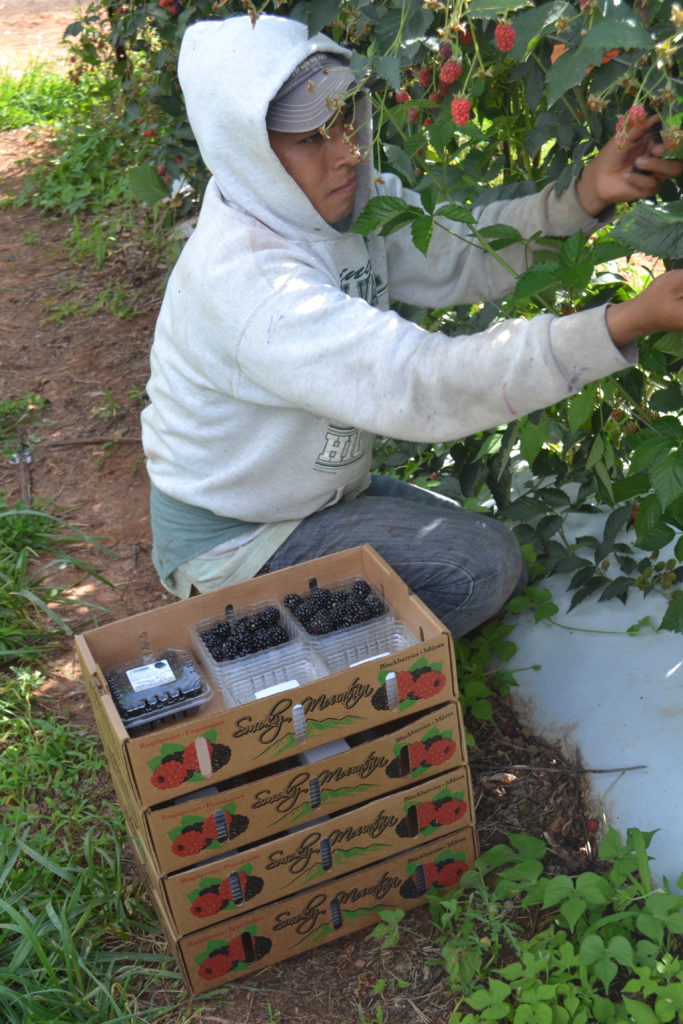
Did you know that often farmworkers get paid what is called “piece rate” (by weight), rather than by hours worked, and as a result don’t receive overtime pay?
These are just a couple of examples of how the agricultural industry is lagging behind on labor practices that are standard in other industries.
A number of organizations in the United States advocate for better legislation and conditions for agricultural workers. United Farm Workers is the nation’s first and largest farm worker union. The Coalition of Immokalee Workers (CIW) is another worker-led organization. The CIW initiated a Fair Food program that guarantees fair wages and better work conditions.
Many organic and sustainable methods incorporate practices that are good for the earth, but the people who work the earth are just as important. This is why so many fair trade and food initiatives have begun.
A consumer may purchase an organic product from a local farm that uses unfair labor practices with its workers. While ingredients must be labeled on products, labor practices don’t have to be. Often, oppressive labor conditions are one of the factors that keep food prices low. Large corporations continue making massive profits while on-the-ground workers barely make enough to live on.
Climate Change, Rising Temperatures, & Minimal Heat Protections
Recently, there have been multiple stories in the news of agricultural workers deaths due to heat. As climate change intensifies and weather occurances become more extreme, these kinds of stories and deaths will only continue. Not only is working outside in such extreme heat dangerous, taking rests is often not an option. Many farm bosses will dismiss their workers if they see them resting for too long, and often they have no recourse against this action. Agricultural workers have always had fewer protections against environmental hazards and unfair labor practices than any other industry–a direct result of the system of slavery.
According to the National Institutes of Health, agricultural workers are 35 times more likely to die from heat exposure than workers in other sectors. Even as scientists warn that global warming will continue, agricultural workers labor with an absence of a federal heat regulation that would support their health and safety. This neglect only ncreases the risk they face.
California is one of the few states with an outdoor heat standard that is supposed to protect farmworkers. The state of Washington is implementing a permanent heat rule effective July 17. This comes after two years of temporary emergency rules in place from when the last heat wave affected the state.
The rule would allow “cool-down rest periods” beginning when temperatures reach 80 degrees. It specifies that employees must “be allowed and encouraged to take a preventative cool-down rest in the shade or using another means provided by the employer to reduce body temperature when they feel the need to do so to protect themselves from overheating.” There are also new rules regarding access to shade, cool drinking water, and mandatory rest periods when the temperature breaches 90 and 100 degrees.
This is a good start, but unfortunately there are few states that have these kinds of protections for vulnerable workers. Regulations are slow to pass and dangers from the changing climate are outpacing already outdated or absent worker protections.
Transparency Matters on Labor Day & Every Day
At Producers Trust, we believe that transparency is key. We want to make it easy for you to learn what farming and production practices you are supporting with your purchases.
Many of our members are not just offering products for sale. They are using their business models to create micro and macro changes and offer solutions to global problems. When you hear directly from producers about their practices, you can connect with them, their workers, and the products they make.
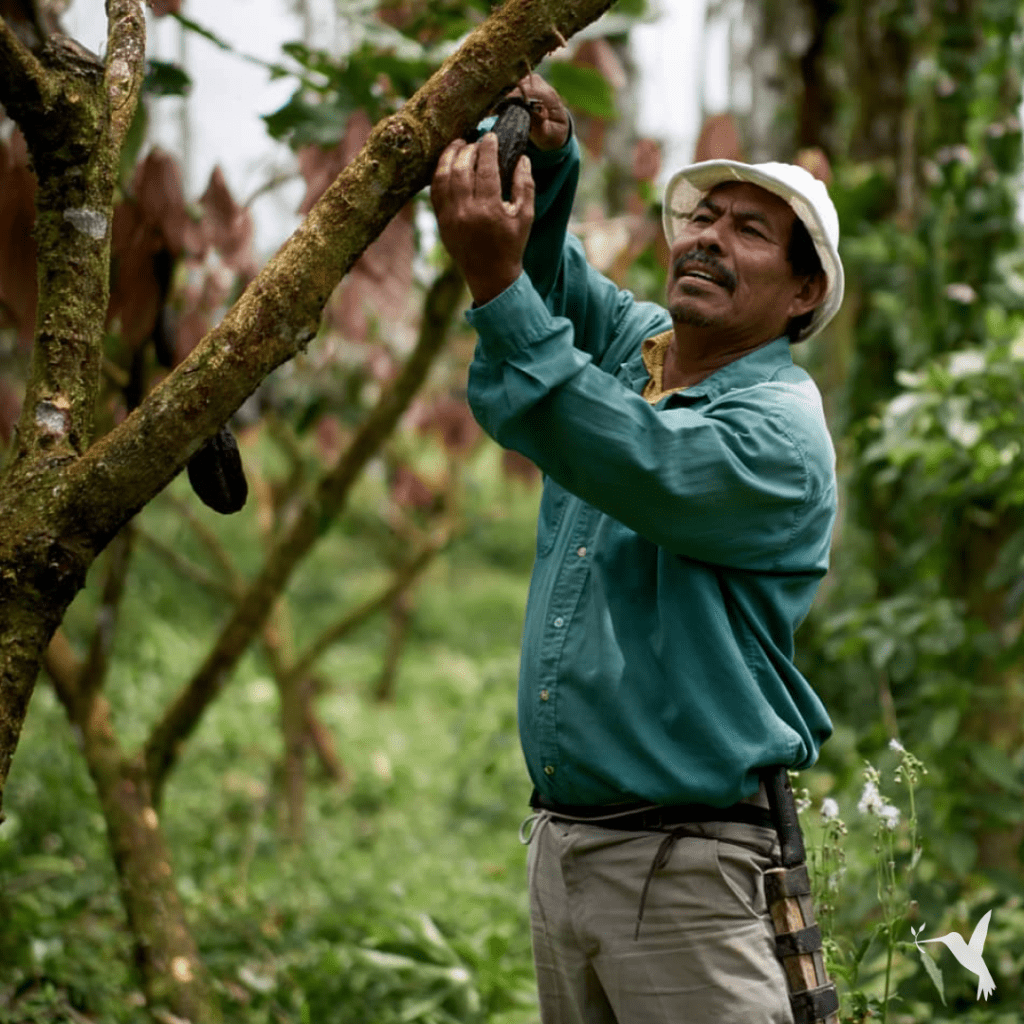
Labor is key all along the supply chain. And when there is transparency, it is easier to ensure that laborers are not oppressed, exploited, or enslaved.
So in honor of Labor Day, we encourage you to seek out transparency and support healthy labor practices. Go ahead and have a look through our platform to learn more about innovative solutions and business models from our partnering members.

